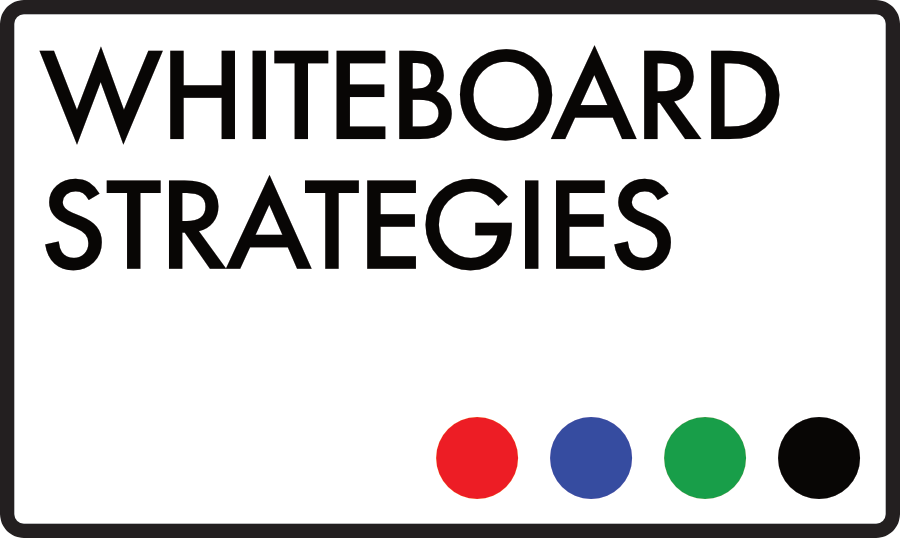“Something is happening. We are becoming a visually mediated society. For many, understanding of the world is being accomplished, not through words, but by reading images.”
Paul Martin Lester, Professor of Communications, California State University
Visuals are absolutely pivotal when it comes to socialising, selling, and communicating. Social media is a great example of the ‘rise of the visual’—a 2014 Forrester report showed Instagram engagement rates wiping the floor with those on more text-based platforms, with 58x more engagement per user than Facebook and 120x more than Twitter. Pinterest was the fastest growing social network the same year, with either Instagram or Snapchat the fastest growing in 2015 depending who you listen to; all visual platforms.
What does that mean? It means that people are comfortable with visuals. It means visuals work better than anything else for communicating ideas or value. Especially complex ideas.
There aren’t many more complex, ideas-driven roles than product marketing. Product marketing brushes shoulders with a lot of other departments as the point at which a lot of complex, critical data comes together from across a company. It can also vary dramatically in purpose and remit from company to company. There is common ground though, as that great Venn diagram up there from customer comms start-up Drift demonstrate.
You’re not here for a lesson about what product marketing is, though, you’re here to find out why you should be harnessing visual comms across your efforts to improve engagement, streamline messaging, improve market positioning, demonstrate differentiation and more.
One last point on what product marketing is before we get stuck in: it’s the point at which consumer insight is translated into value for the product, marketing and sales teams. That means product marketing teams are turning information about who uses their product or service, how they use it and why into targeted messaging and materials that can be used to market and sell the product. It’s a comms role, but not as you might know it… so what are the key forms of communication?
1. Complex data as simple messaging: A massive part of the product marketer’s job is to sift reports and data, get a very real picture of how, where and why your product or service is being used, and then build and refine messaging based on that insight. Perhaps the single most effective way of processing large amounts of data, and of clarifying exactly what that data means, is by presenting it visually.
2. Nuanced Messaging as Usable Sales and Marketing Materials: Once the messaging is clear, things get trickier—that messaging needs to be disseminated to sales and marketing teams across dispersed geographies. Product marketers need to embrace a way of communicating complex ideas simply and reliably, and a way of ensuring that sales and marketing teams are fully understanding, taking ownership of, and effectively delivering those messages to consumers.
3. Visualising Tensions and Positioning in the Marketplace: The most common request that product marketers receive from sales teams is for differentiation points. Really what they’re after is cheap shots at the competition, but a much more robust way of demonstrating differentiation and positioning is in terms of the overall competitive landscape—what tensions or trends customers are facing, how your product can help and how it exceeds the help offered by competitors. Again, this is best explored, explained and communicated visually to consumers.
If you’re as cynical as I am, you’ll have been reading these points thinking “All sounds reasonable Mark, but why are these things best presented or explained visually?” I wrote a post on this last year, it’s well worth a read if you’re interested. For now though, let me just give you a quick bit of insight from a recent Wyzowl study:
93% of communication is non-verbal. That means that when it comes to comms, we see 93% more than we hear.
People remember 10% of what they hear, but they remember 80% of what they see and do. That means you can present much more information—and much more complex information—visually than you could verbally and it will be retained.
Visuals are processed by the brain 60,000x faster than text. That means I should probably have drawn this post, rather than writing it…
Visuals don’t need to be complex—in fact the simpler the better. They don’t need to be expensive—you can use the back of a napkin or the office whiteboard to great effect if you know how. They do need to be committed to, used, and enjoyed. Why not make 2016 the year you finally jump in to visual comms? Drop me a line if you want to talk, let’s create your own whiteboard strategy.

Recent Comments